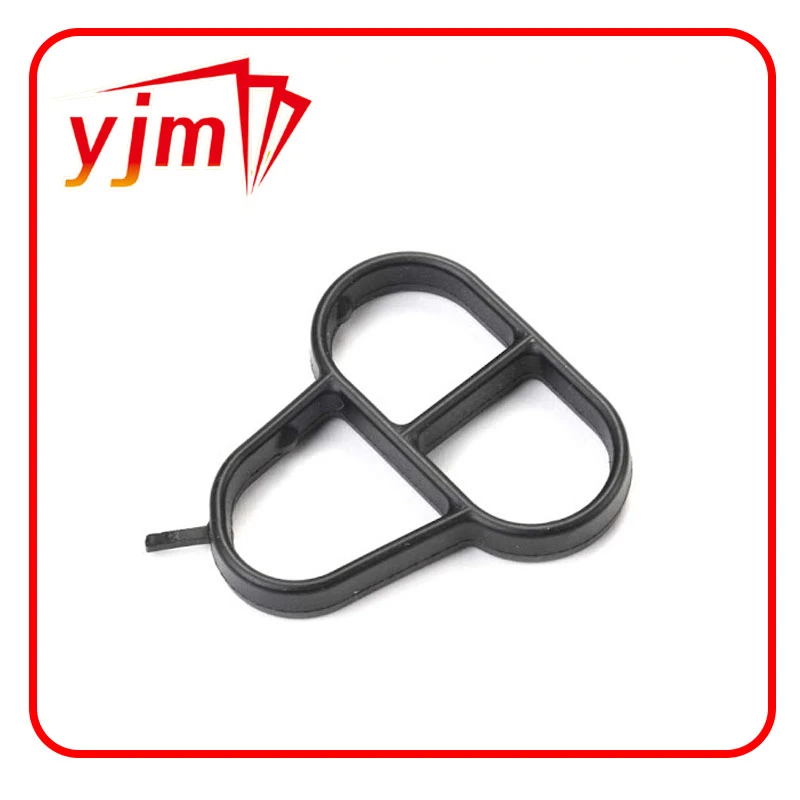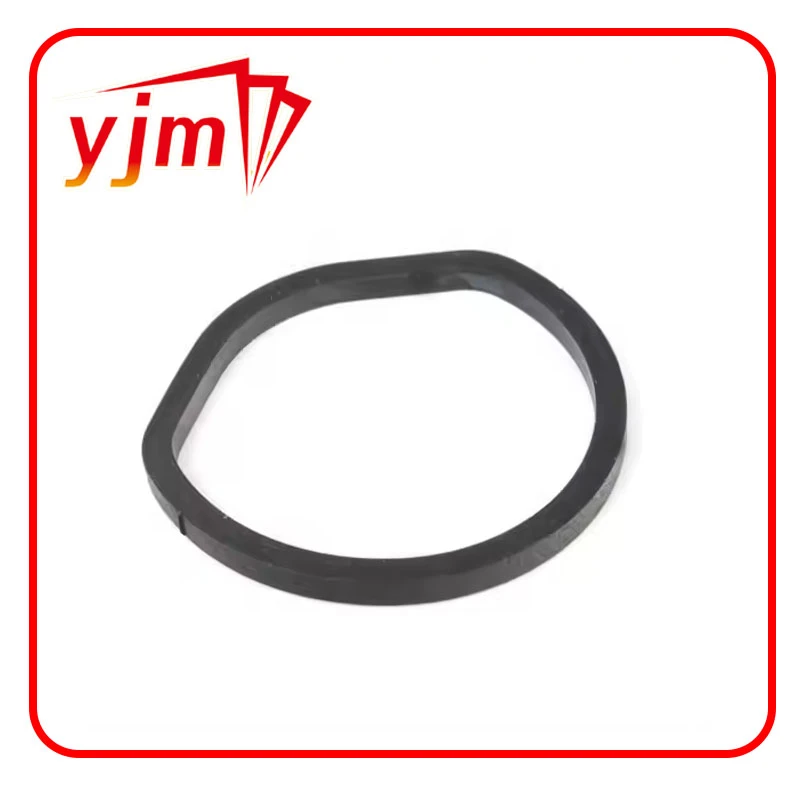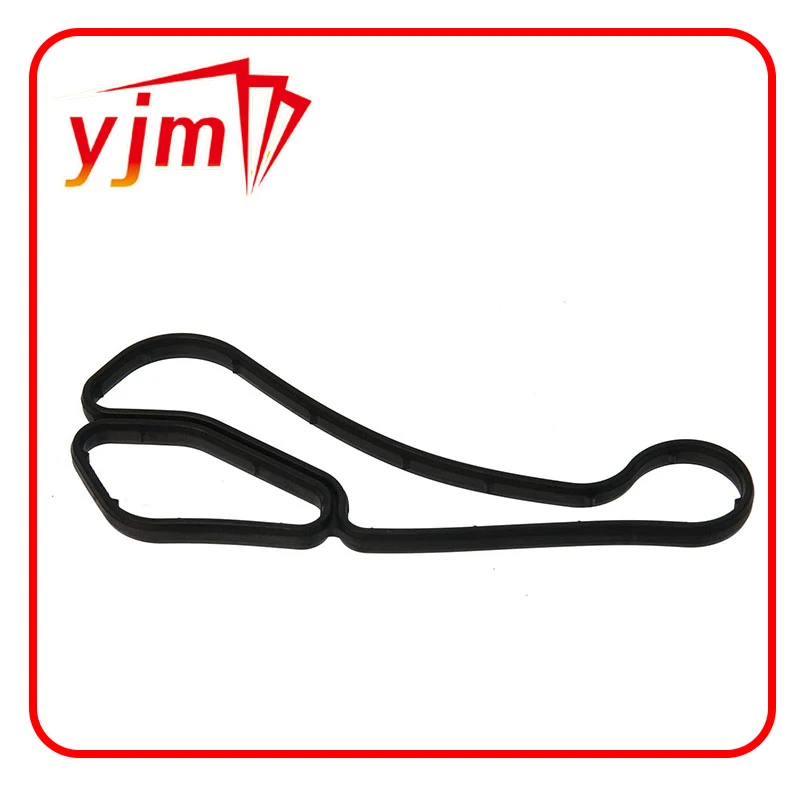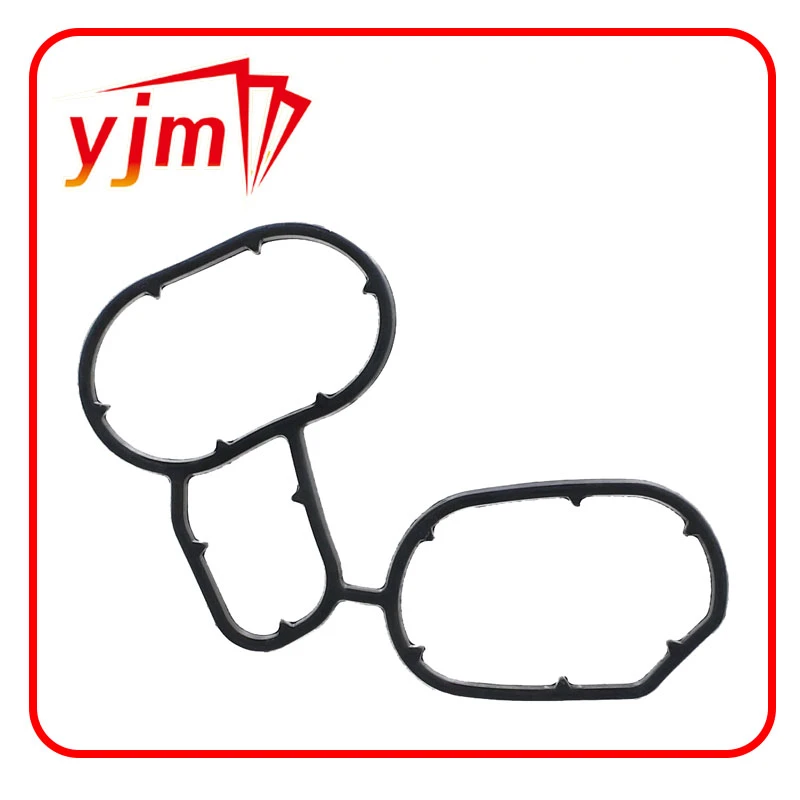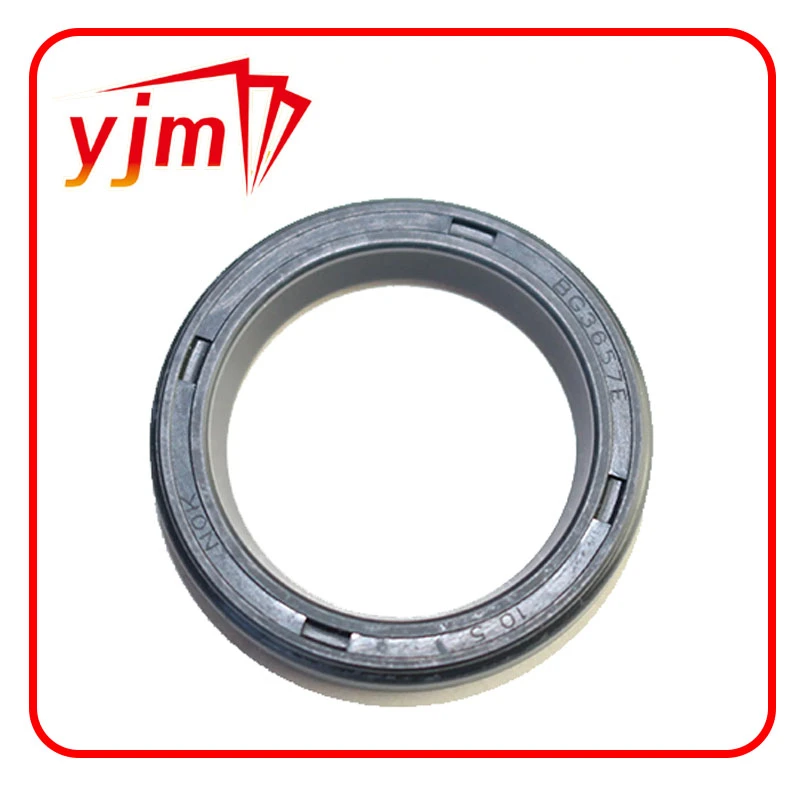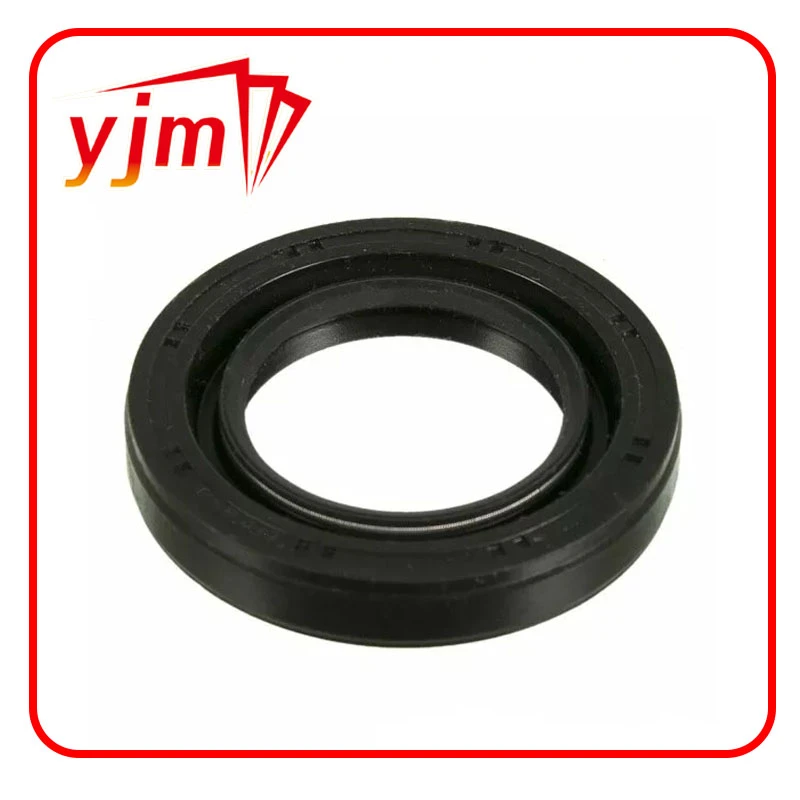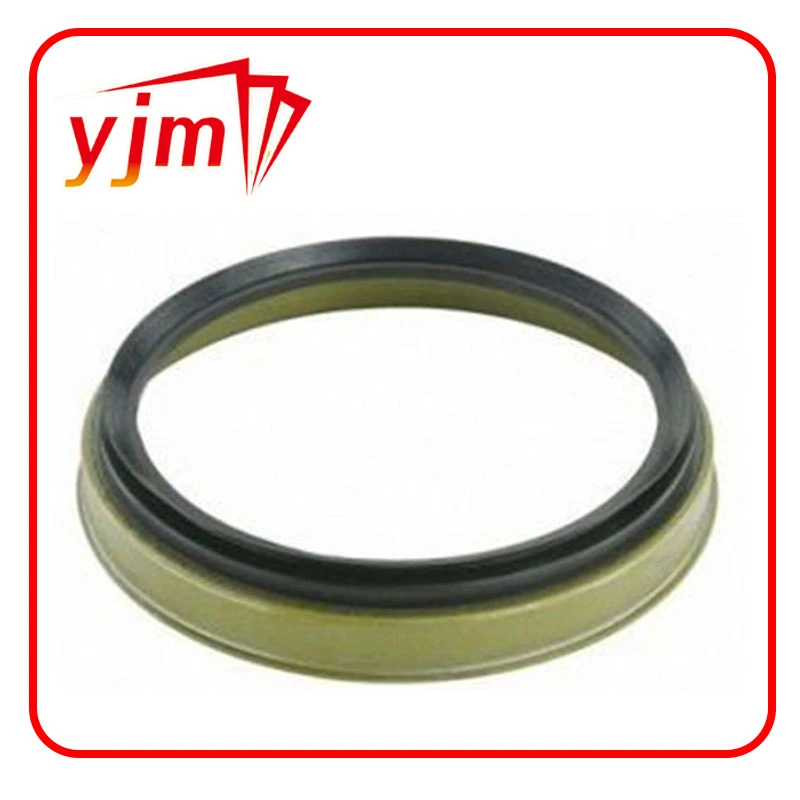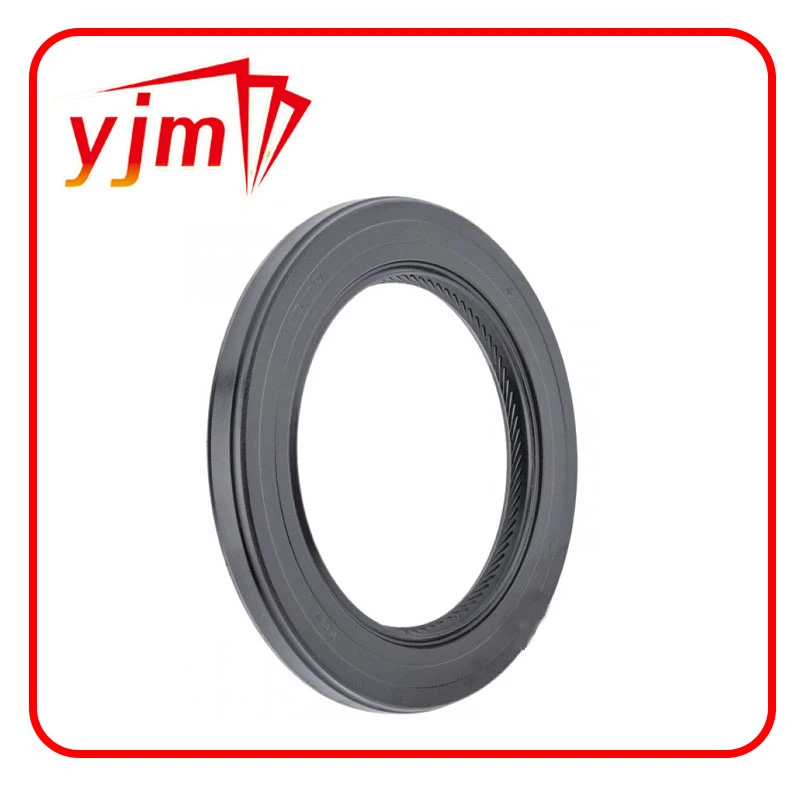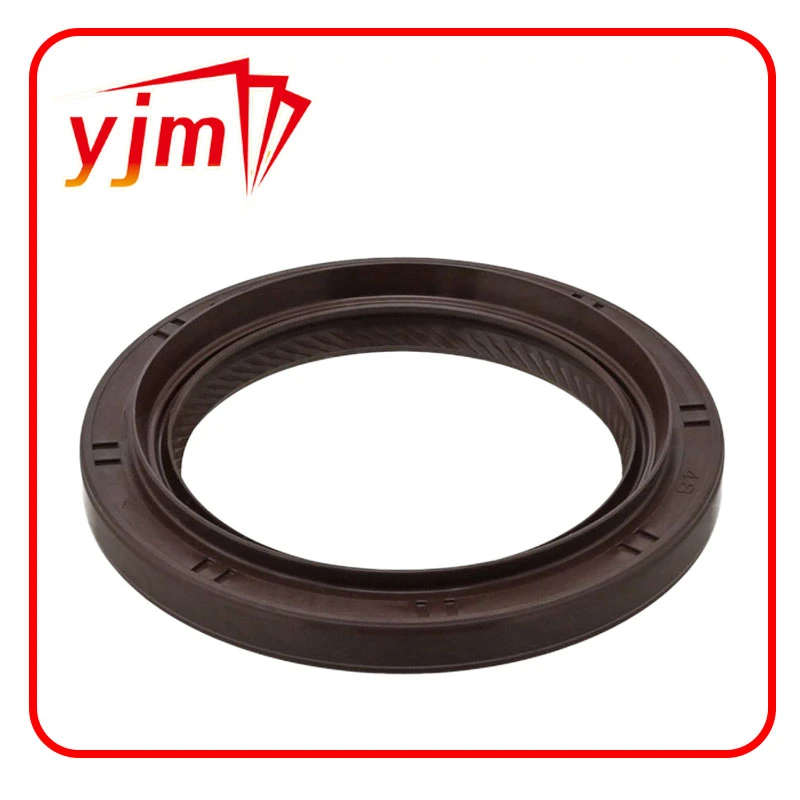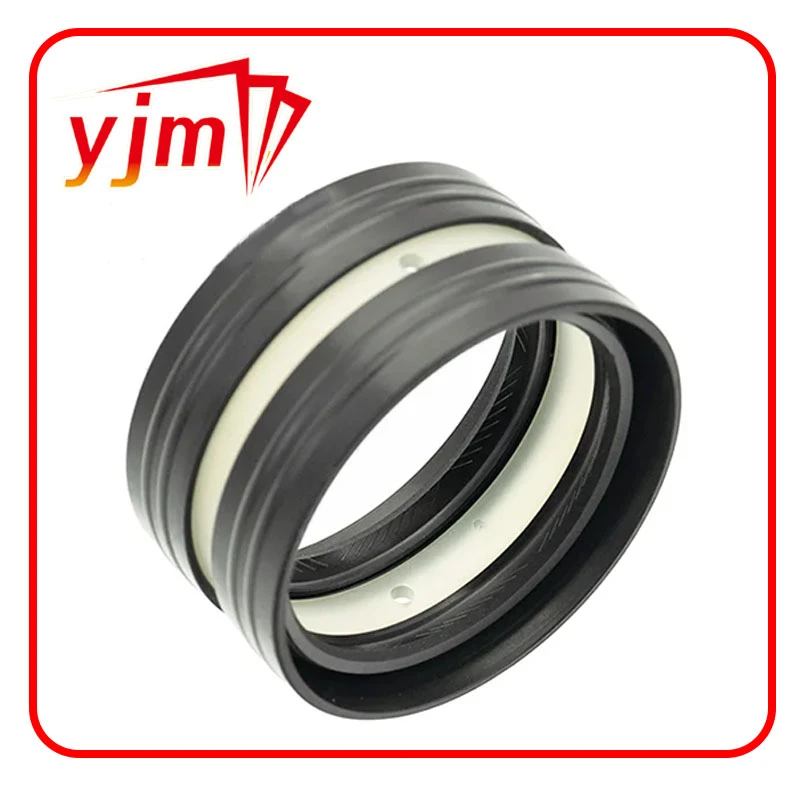Exploring Different Types of O-Rings and Their Applications in Various Industries
Understanding O-Ring Types A Comprehensive Guide
O-rings are essential components in various mechanical and engineering applications, serving as seals that prevent fluid or gas leakage between two mating surfaces. Despite their seemingly simple design—a circular ring made from elastic materials—O-rings come in various types, each tailored for specific functions and environments. In this article, we will explore the different types of O-rings, their materials, applications, and why selecting the right type is crucial for ensuring optimal performance and longevity.
Types of O-Rings
1. Standard O-Rings The most common type, standard O-rings are typically made from materials like nitrile rubber (NBR), which provides excellent resistance to oils and fuels. They come in various sizes and are used in applications ranging from automotive engines to household appliances.
2. Metric O-Rings Similar to standard O-rings, metric O-rings are designed according to metric measurements. These O-rings are particularly useful in European and international markets, where metric standards are prevalent.
3. Grooved O-Rings Featuring a groove designed to fit perfectly into a predefined channel, grooved O-rings can provide an enhanced seal by reducing the chances of dislodgement under pressure. They're commonly used in hydraulic applications.
4. Backup Rings While not O-rings by themselves, backup rings are often used in conjunction with O-rings. They are typically made from harder materials like PTFE or polyurethane and are used to prevent O-ring extrusion under high-pressure conditions.
5. V-Rings V-rings serve a similar purpose to O-rings but are designed with a unique shape that allows them to act as a sealing lip, making them ideal for applications involving rotating shafts where traditional O-rings may struggle.
6. Teflon O-Rings Made from polytetrafluoroethylene (PTFE), Teflon O-rings exhibit superior resistance to chemicals and high temperatures. They're often used in pharmaceutical and food processing industries where hygiene is critical.
7. Silicone O-Rings Renowned for their flexibility and temperature resistance, silicone O-rings are commonly employed in environments where a wide temperature range is expected. They are often used in applications like medical devices and automotive systems.
o ring types
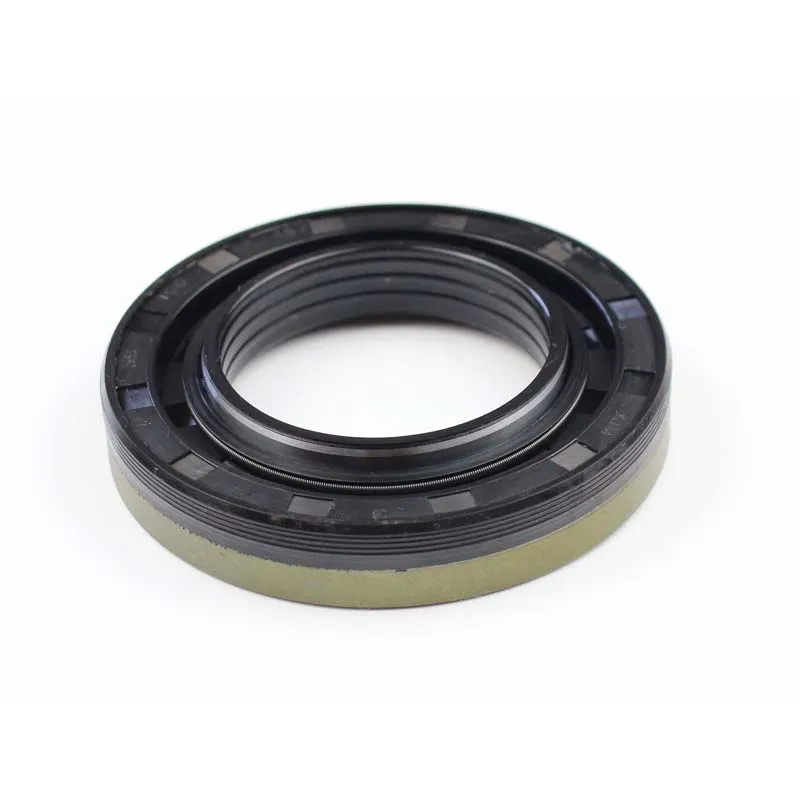
8. FEP and PFA O-Rings These are fluoropolymer O-rings designed for high-corrosive environments. They provide excellent chemical resistance, making them suitable for chemical processing industries.
9. EPR and EPDM O-Rings Ethylene Propylene Rubber (EPR) and Ethylene Propylene Diene Monomer (EPDM) O-rings are known for their strength and resistance to heat, ozone, and weathering. They are frequently used in automotive applications, HVAC systems, and outdoor installations.
Material Selection
Choosing the right material for O-rings is crucial based on the application conditions. Factors such as temperature, pressure, and the type of fluid or gas to be sealed should be considered
- Nitrile Rubber (NBR) Best for petroleum-based fluids and moderate temperatures. - Silicone Rubber Suited for high-temperature applications and environments needing flexibility. - PTFE Perfect for chemical resistance but may suffer from lower elasticity. - Fluoroelastomers Ideal for extreme chemical and temperature applications, though they are costlier.
Importance of Choosing the Right O-Ring
Selecting the appropriate O-ring type and material is vital for ensuring the reliability and efficiency of a mechanical system. An improperly chosen O-ring can lead to leaks, mechanical failure, and ultimately, costly repairs. It's important to assess the application's specific needs, including the chemical compatibility, temperature range, and pressure levels.
Conclusion
O-rings might appear to be simple components, but their role in mechanical systems is critical. A comprehensive understanding of the different O-ring types and their applications can help engineers and technicians make informed decisions, leading to enhanced performance and durability of equipment. Whether you're working in automotive, aerospace, or industrial applications, recognizing the significance of the right O-ring will ensure the integrity and reliability of your systems. By investing time in the selection process, organizations can avoid costly failures and maintain a smooth operation for years to come.
-
Understanding the Importance of Oil Seals in Automotive and Industrial Applications
News Jul.04,2025
-
Understanding Oil Seals by Dimension: Types, Standards, and Selection Guide
News Jul.04,2025
-
The Versatility and Innovation Behind Modern Oil Seals
News Jul.04,2025
-
Key Components of Oil Sealing Systems in Automotive and Industrial Applications
News Jul.04,2025
-
Exploring Advanced Oil Sealing Solutions for Modern Machinery
News Jul.04,2025
-
Essential Sealing Components for Oil Systems: From Stem to Tank
News Jul.04,2025
-
Understanding Oil Plug Washers: A Must-Have for Polaris and Other Engines
News Jul.03,2025
Products categories

